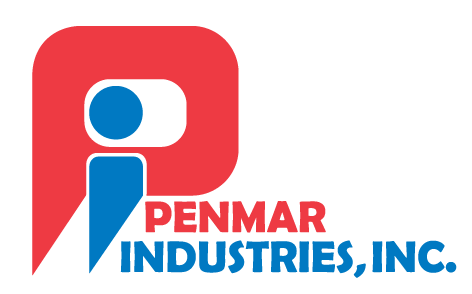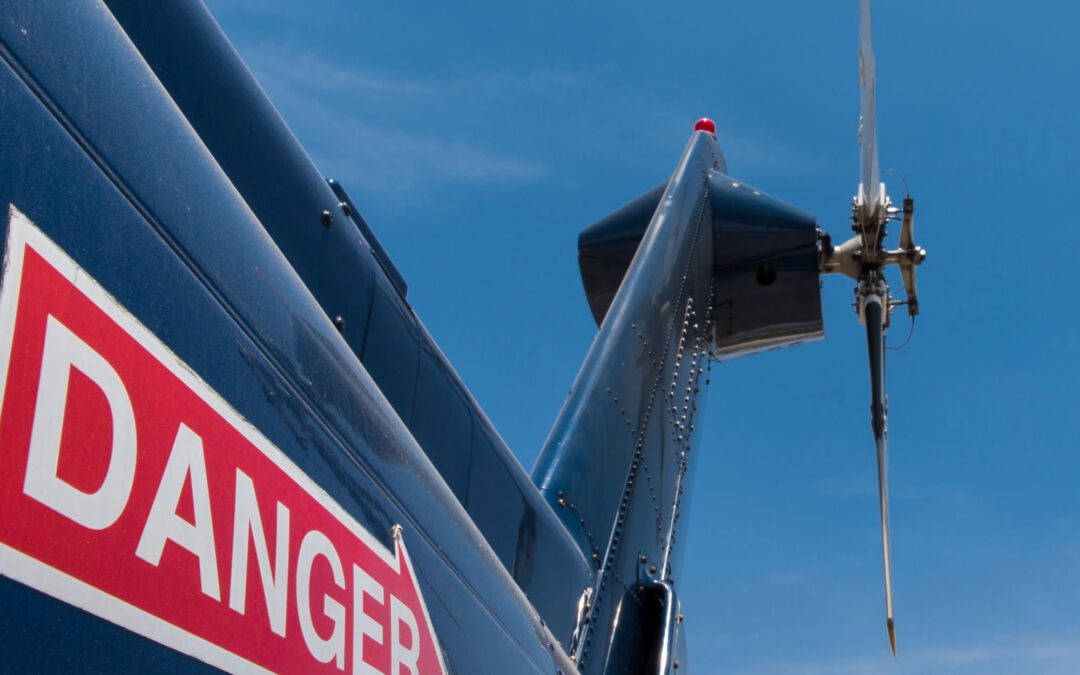The aerospace industry demands highly specialized labels due to the extreme environments and rigorous conditions encountered during aircraft manufacturing, maintenance, and operation.
Here are some types of labels commonly used in the aerospace industry:
- Identification Labels: These labels are used for part identification, serial numbers, and barcoding to track components throughout their lifecycle. They must withstand exposure to harsh chemicals, extreme temperatures, and abrasion.
- Warning Labels: Aerospace equipment often requires warning labels to communicate critical safety information to personnel. These labels may include warnings about high voltage, hot surfaces, hazardous materials, and emergency procedures.
- Heat-Resistant Labels: Aircraft engines and other components generate high temperatures, requiring labels that can withstand extreme heat without degrading or becoming illegible.
- Chemical-Resistant Labels: Aerospace applications involve exposure to chemicals such as hydraulic fluids, fuels, and cleaning solvents. Labels must be resistant to these substances to maintain legibility and functionality.
- Tamper-Evident Labels: These labels are used to indicate if a component or package has been tampered with, ensuring the integrity of critical parts and materials.
- Anti-Static Labels: Electrostatic discharge (ESD) can damage sensitive electronic components in aircraft. Anti-static labels help prevent static buildup, reducing the risk of ESD-related failures.
- Asset Management Labels: Aerospace companies need efficient systems to track and manage their vast inventory of parts and equipment. Asset management labels with RFID or barcode technology facilitate accurate inventory management and traceability.
- Flight Data Recorder (FDR) Labels: Flight data recorders, commonly known as “black boxes,” require durable and reliable labels to ensure critical flight data can be retrieved during an accident or incident.
- Electrical and Wiring Labels: These labels are used to identify wires, cables, and electrical components within aircraft systems. They need to be durable and heat-resistant to maintain legibility and safety.
- Certification Labels: Aerospace components often require certification labels to indicate compliance with industry standards and regulatory requirements, such as FAA (Federal Aviation Administration) or EASA (European Union Aviation Safety Agency) regulations.
These labels are typically manufactured using specialized materials and printing processes to meet the stringent performance requirements of the aerospace industry. Adhesive properties, durability, legibility, and compliance with industry standards are crucial factors in the design and manufacture of aerospace labels.


